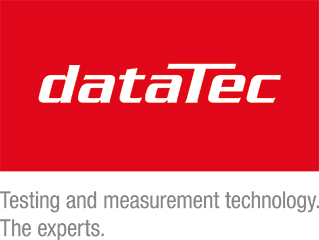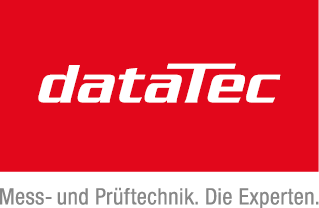#statusMessage#
Do you want to start the compare now?
#statusMessage#
Do you want to start the compare now?

Our electromagnetic environment is heavily burdened due to the multitude of transmitters and sources of interference pre...
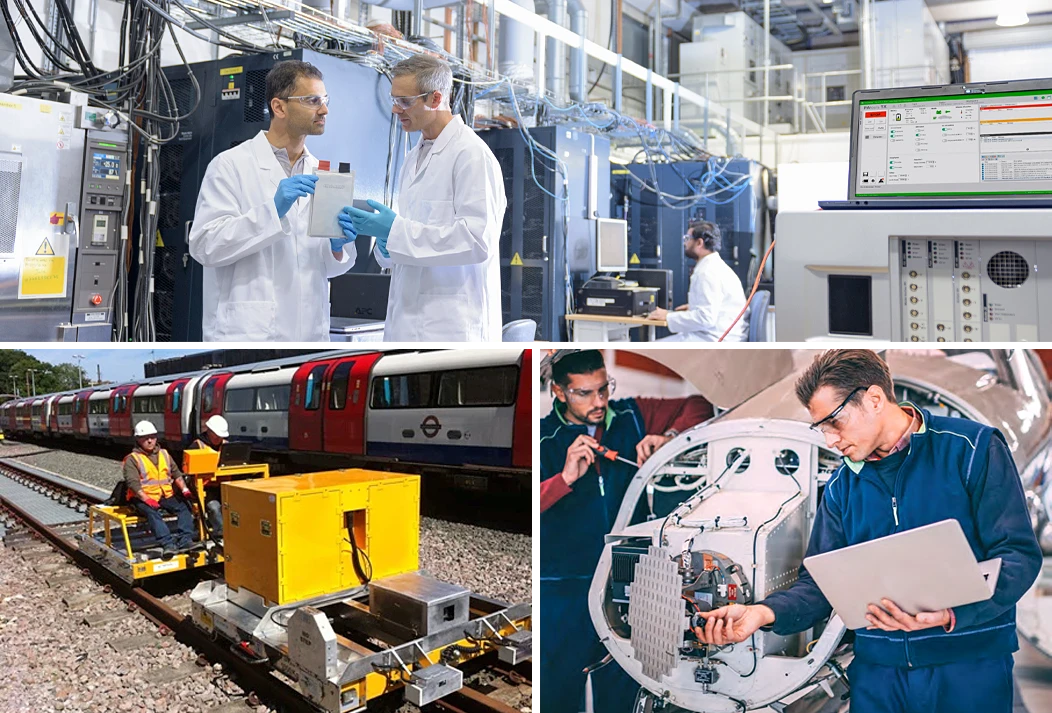
Automated test and measurement systems that are fully connected with instrumentation and test data can significantly inc...
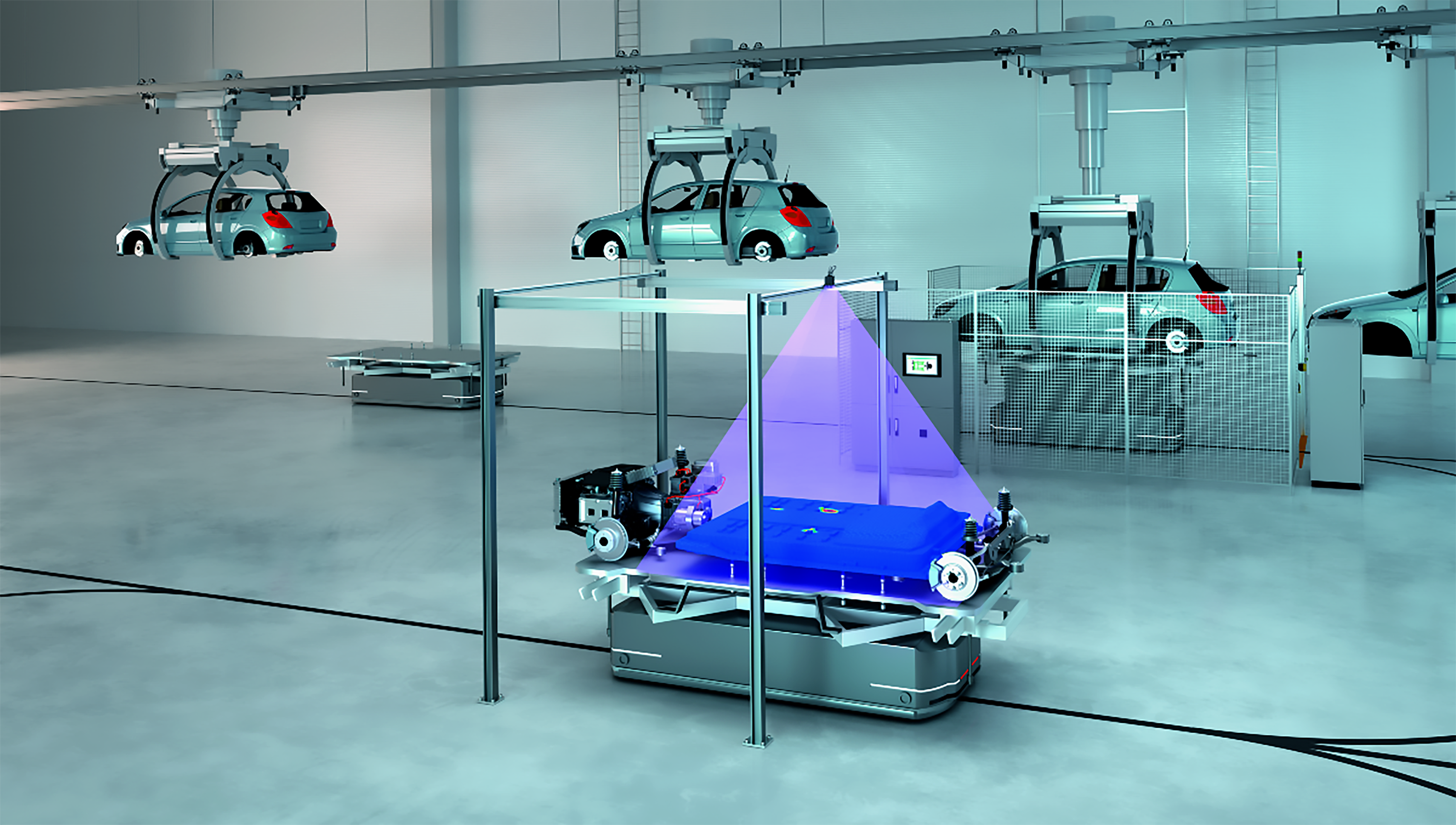
Temperature is one of the most common risk factors in industry. Overheating can disrupt processes, reduce quality or cau...
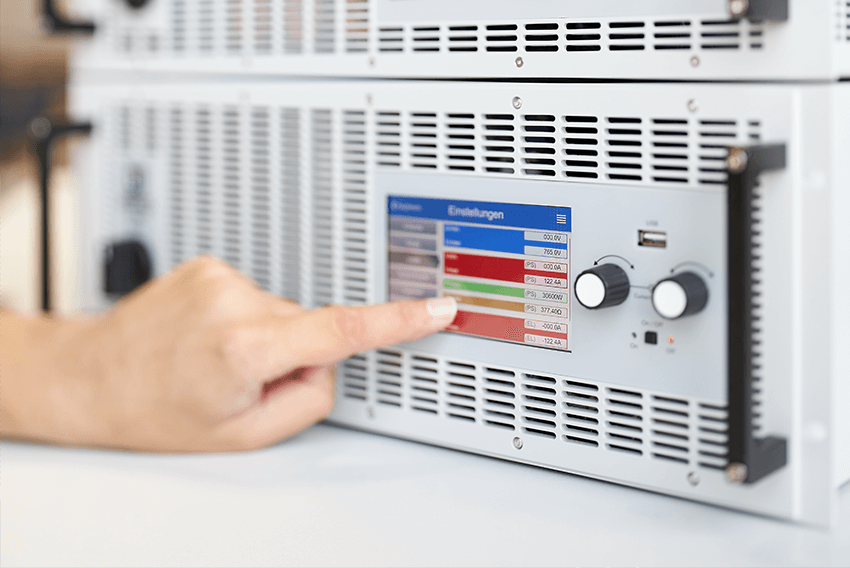
Electric vehicles are the future - but what happens to the batteries when they can no longer be used in cars? Efficient ...
Ensure reliable measurement results - with our professional calibration service for measuring and testing devices. Our experts will show you what is important and which errors you should avoid. Learn more about our calibration service.
Measuring devices change over time - due to ageing, temperature or mechanical influences. These factors lead to systematic deviations (drifts), which often go unnoticed if the device is not calibrated regularly. Calibration compares the actual value with a traceable reference value and thus ensures that measurement results are correct, reproducible and conform to standards. In many industries, this is a prerequisite for quality assurance, documentation requirements and auditability. Traceability to national or international standards - such as ISO/IEC 17025 - is also only possible through calibration. It also protects against costs caused by incorrect measurements, rejects or rework and increases safety in critical applications.
The calibration interval is determined by the company itself - depending on the type of device, frequency of use, environmental conditions and quality requirements. Typical intervals are 12 or 24 months. However, they are not prescribed by standards. Standards such as ISO 9001 or IATF 16949 only require a documented procedure for determining the interval. Responsibility usually lies with quality assurance, in coordination with development and purchasing. Decisions are usually based on a risk-based approach: measuring devices with high stress or safety-critical functions are monitored more closely. Historical calibration data and trend analyses help to define and adapt sensible intervals.
A calibration certificate confirms that a measuring device has been tested against standardized measurement norms at a specific point in time. It usually contains the device ID, manufacturer, calibration date, test environment, reference standards used, measurement results with measurement uncertainty and the signature of the tester. Important: It only documents the status at the time of calibration and does not guarantee long-term accuracy. There is also no indication of future drift or suitability for use without subsequent calibration. For a certificate to be recognized during audits, it must clearly document the measurement uncertainty and the traceability of the test equipment. If this information is missing or incomplete, it can be considered non-conformity.
A measuring device that does not comply with the specified tolerances receives a certificate with the note “failed” or “out of tolerance”. In this case, the device must either be adjusted and recalibrated or taken out of service. The responsible department - usually Quality Assurance or Engineering - documents the result, assesses the potential impact and initiates appropriate corrective measures. The device may only be used again after successful recalibration and approval.
Missing or expired calibration certificates for measuring equipment subject to mandatory testing are considered a formal non-conformity during audits - for example in accordance with ISO 9001 or ISO/IEC 17025. Without valid calibration certificates, the traceability of measurement results is not guaranteed. This can lead to a complaint or even failure to pass an audit. There is a risk of measures such as CAPA (Corrective and Preventive Actions), restrictions on product release or negative effects on the supplier rating. The traceability and usability of test documentation can also be called into question as a result.
RF measuring devices such as oscilloscopes, power supplies or spectrum analyzers are calibrated according to manufacturer-specific or accredited procedures, usually with traceable reference signals and specialized equipment. In the case of oscilloscopes, for example, amplitude and time parameters, frequency response, bandwidth or trigger accuracy are tested. Power supply units are tested for current/voltage accuracy, load regulation or ripple, among other things. The effect of temperature or load changes on the output values is also checked. RF measuring devices such as spectrum analyzers require calibration with regard to frequency accuracy, level attenuation, bandwidth characteristics and noise level.
The measurement results are documented with their respective measurement uncertainties. Ambient conditions such as temperature and humidity as well as the traceability of the reference devices used are also noted in the calibration protocol - as a basis for test comparisons, audits and internal approvals.
DIN EN ISO/IEC 17025 is one of the most important standards for the calibration of electronic measuring and test equipment in Germany. The standard defines the general requirements for the technical competence of testing and calibration laboratories, traceability, documentation and quality management. It ensures that calibrations are carried out in a traceable, comparable and standard-compliant manner - including the specification of measurement uncertainties and standardized procedures - and is the basis for accreditation by the German Accreditation Body (DAkkS). Only laboratories with appropriate accreditation may calibrate in accordance with ISO/IEC 17025. In practice, the standard creates security in audits and trust among customers.
Responsibility for determining the calibration intervals usually lies with the quality assurance department. This department coordinates the determination, taking into account technical requirements, standards and operating conditions - often in consultation with the development and purchasing departments. The optimum calibration interval is based on manufacturer recommendations, empirical values and risk analyses. External calibration service providers can make recommendations, but the final decision is made by the company itself. Complete documentation and regular checks of the intervals are mandatory.
Some questions can be answered easily and directly on the phone. Just call us. Our experts will be happy to assist you.
